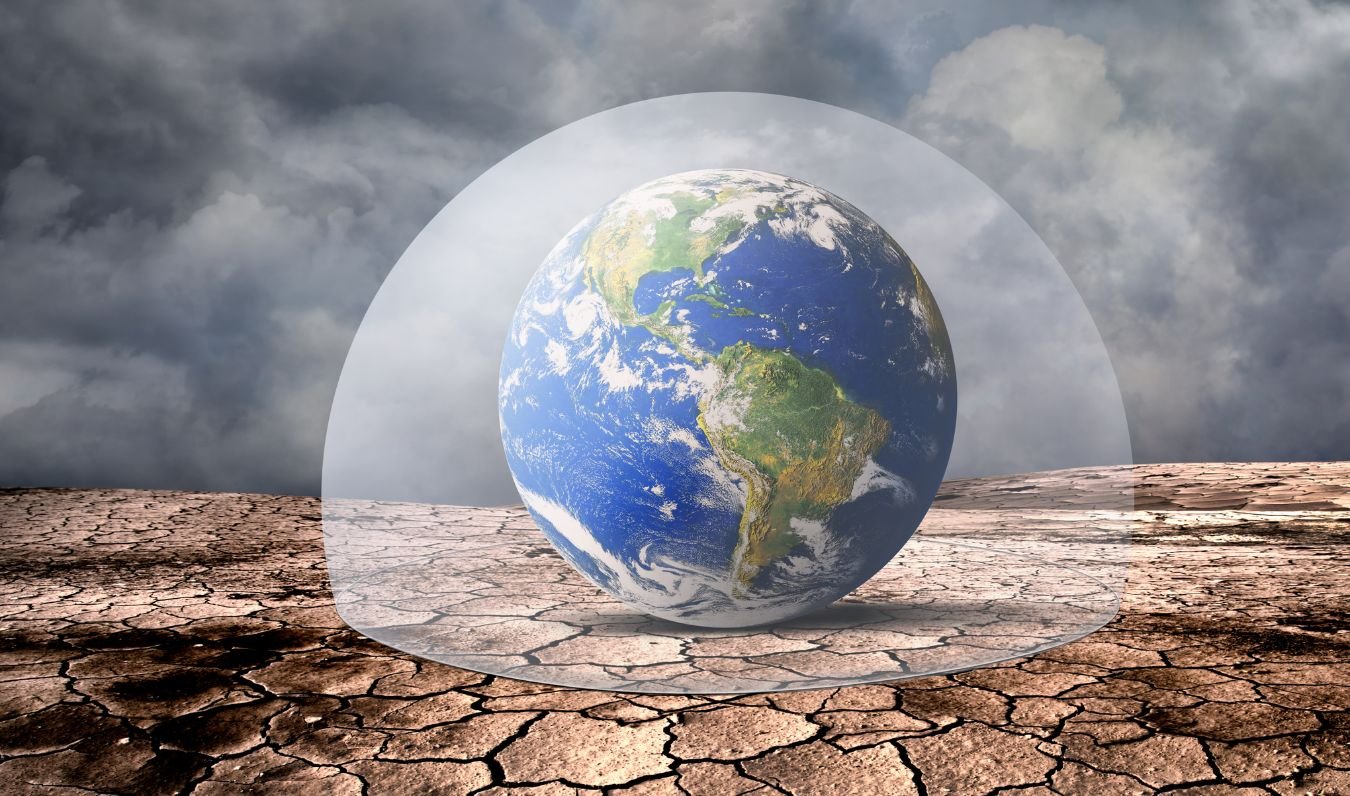How does climate change affect natural ecosystems?

Let us explore a topic that’s crucial for the survival of our planet: climate
change and its impact on natural ecosystems. If you've ever wondered how rising
temperatures and changing weather patterns affect our environment, let's dive
into this pressing issue.
First, let’s break down what we mean by climate change. Climate change refers to
significant changes in global temperatures and weather patterns over time. While
climate change is a natural phenomenon, recent trends have been accelerated by
human activities, such as burning fossil fuels, deforestation, and industrial
processes, leading to an increase in greenhouse gases like carbon dioxide and
methane in the atmosphere.
Natural ecosystems – from forests and oceans to wetlands and grasslands – are
incredibly diverse and complex. Climate change affects these ecosystems in
various ways, and often, these impacts are interconnected. Here’s how:
Temperature Changes
Rising temperatures can alter the habitats of many species. For instance,
animals and plants adapted to cooler climates may struggle to survive as their
environments become warmer. This can lead to shifts in species distributions,
with some moving to higher altitudes or latitudes in search of suitable
conditions.
Changing Precipitation Patterns
Climate change is causing changes in precipitation patterns, leading to more
extreme weather events like droughts and heavy rains. These changes can disrupt
water availability, affecting both terrestrial and aquatic ecosystems. For
example, prolonged droughts can dry up wetlands, while intense rainfall can lead
to flooding, impacting soil health and plant growth.
Ocean Acidification
Increased levels of carbon dioxide are not only warming the planet but also
being absorbed by the oceans, leading to ocean acidification. This has severe
consequences for marine life, particularly for organisms like corals, shellfish,
and some plankton species, which rely on calcium carbonate to build their shells
and skeletons.
Loss of Biodiversity
Many species are unable to adapt quickly enough to the rapid changes in their
environment, leading to a loss of biodiversity. This loss can have cascading
effects on ecosystems, as the disappearance of one species can affect the entire
food web. For example, the decline of pollinators like bees can impact plant
reproduction and the animals that rely on those plants for food.
Disruption of Seasonal Cycles
Climate change can alter the timing of natural events, such as migration,
breeding, and flowering. These phenological changes can create mismatches
between species and their environment. For instance, if plants bloom earlier due
to warmer temperatures but their pollinators haven’t arrived yet, it can affect
the plants’ reproductive success and the food availability for pollinators.
The real-world examples
Coral Reefs:
Coral reefs are among the most affected ecosystems. Increased sea temperatures
lead to coral bleaching, where corals expel the algae living in their tissues,
losing their color and essential energy source. Prolonged bleaching can result
in the death of coral reefs, which are vital habitats for marine biodiversity.
Polar Regions:
The Arctic and Antarctic regions are warming faster than the rest of the planet.
Melting ice affects polar bears, seals, and penguins that rely on sea ice for
hunting and breeding. It also contributes to rising sea levels, impacting
coastal ecosystems and human communities.
Forests:
Forests around the world are experiencing changes due to shifting climate
patterns. Increased temperatures and changing precipitation can make forests
more susceptible to pests, diseases, and wildfires. For example, the bark beetle
infestation in North American forests has been exacerbated by warmer
temperatures, leading to widespread tree deaths.
What Can Be Done? While the impacts of climate change on natural ecosystems are significant, there are steps we can take to mitigate these effects and help ecosystems adapt:
- Protecting existing natural habitats and restoring degraded ones can enhance the resilience of ecosystems. Efforts like reforestation, wetland restoration, and the creation of marine protected areas can help.
- Adopting sustainable agricultural, forestry, and fishing practices can reduce the pressure on natural ecosystems and promote biodiversity.
- Reducing greenhouse gas emissions through clean energy, energy efficiency, and sustainable transportation is crucial. Supporting policies and initiatives aimed at combating climate change can make a significant difference.
- Continued research and monitoring are essential to understand the impacts of climate change on ecosystems and develop effective adaptation strategies. This includes studying species' responses to changing conditions and monitoring environmental changes.
- Engaging communities in conservation efforts and raising awareness about the impacts of climate change can drive collective action. Local and indigenous knowledge can also play a vital role in developing sustainable solutions.
Climate change is undeniably reshaping our natural ecosystems, posing
significant challenges for biodiversity and the health of our planet. However,
through concerted efforts in conservation, sustainable practices, and climate
action, we can mitigate these impacts and help ecosystems adapt to the changing
climate.
By understanding the interconnectedness of our actions and the environment, we
can work towards a sustainable future where both nature and humanity thrive.
Let’s take collective steps to protect our natural ecosystems for generations to
come.